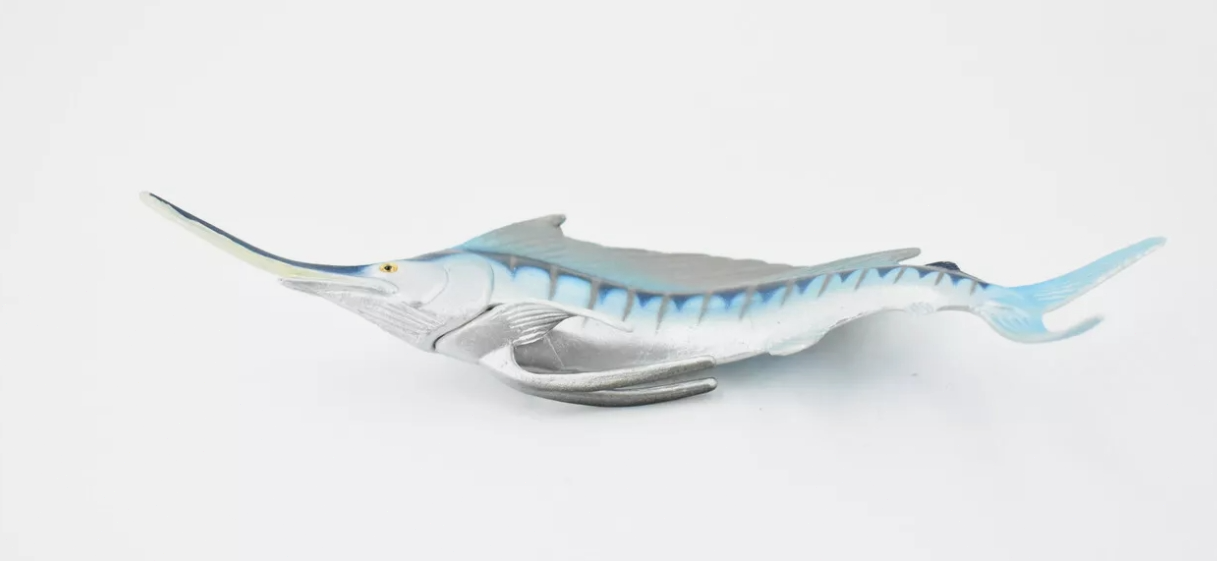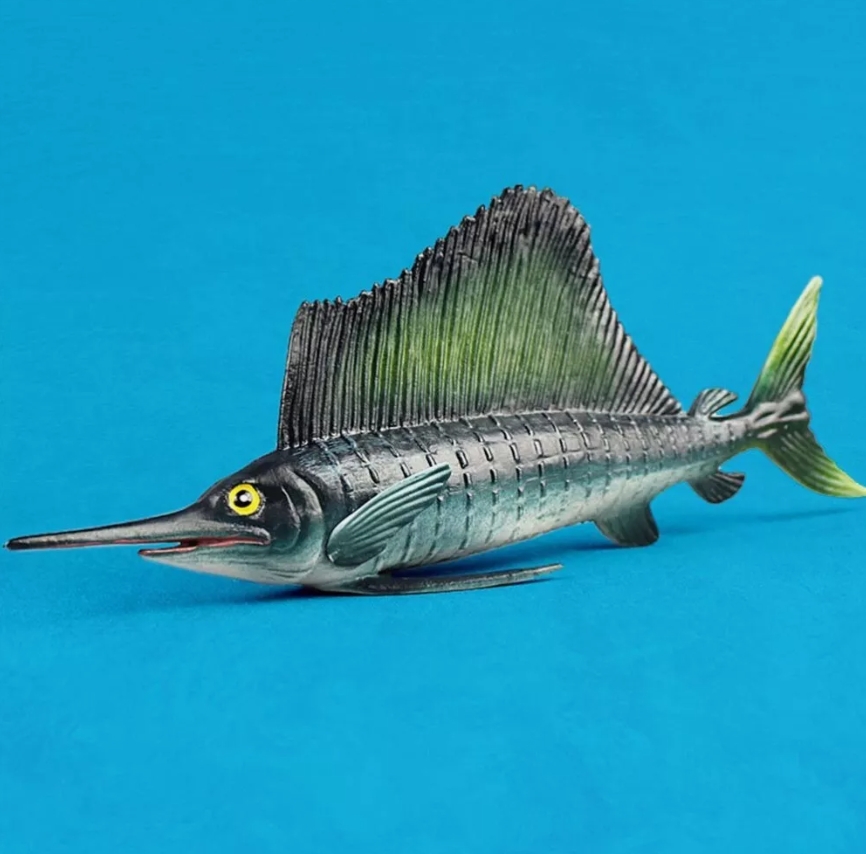The swordfish model is a scientific research tool designed to simulate the behavior of this graceful and agile Marine creature and its role in the ecosystem. The model integrates biomechanical, ecological, and environmental factors in a variety of ways so that researchers can better understand how swordfish interact with their habitat and their important role in the food chain.
Swordfish are known for their streamlined bodies and strong swimming abilities, which allow them to move through the water at high speeds and catch prey. Swordfish models often use mathematical and computer simulation techniques to reproduce their swimming posture and speed to study their performance under different environmental conditions. Researchers can adjust variables such as water speed,temperature and roosting behavior to see how these factors affect the swordfish's movement patterns and energy expenditure.
This model is extremely important in ecological research because it helps scientists identify the role of swordfish in predator networks. As top predators,swordfish have a significant impact on the population dynamics of other species. Through in-depth analysis of the swordfish model, the researchers were able to explore how various environmental stresses,such as climate change and human activities,affect the availability and survival strategies of their prey.
In addition,swordfish models can be used to predict the effects of climate change on swordfish populations. As ocean temperatures rise, researchers can model which temperature and current conditions will be conducive to swordfish reproduction and survival. In this way,the swordfish model can provide a scientific basis for future ocean management policies,thereby helping to develop sustainable fisheries management strategies.
In addition,the application of the swordfish model is not limited to studying the swordfish itself,but it can also be extended to the observation of other fast-swimming fish.




